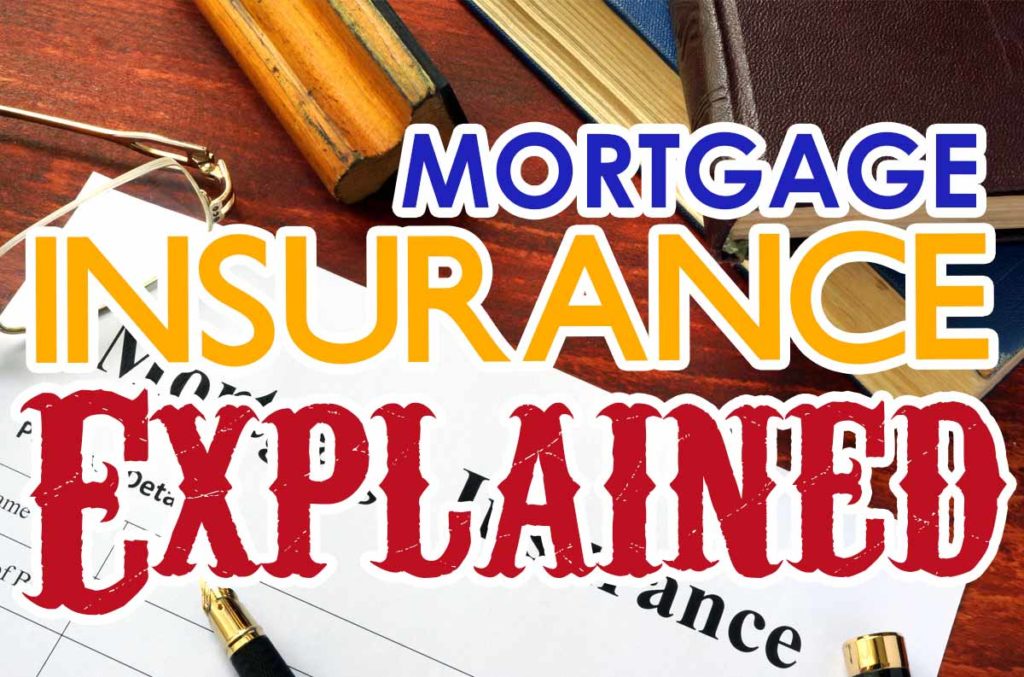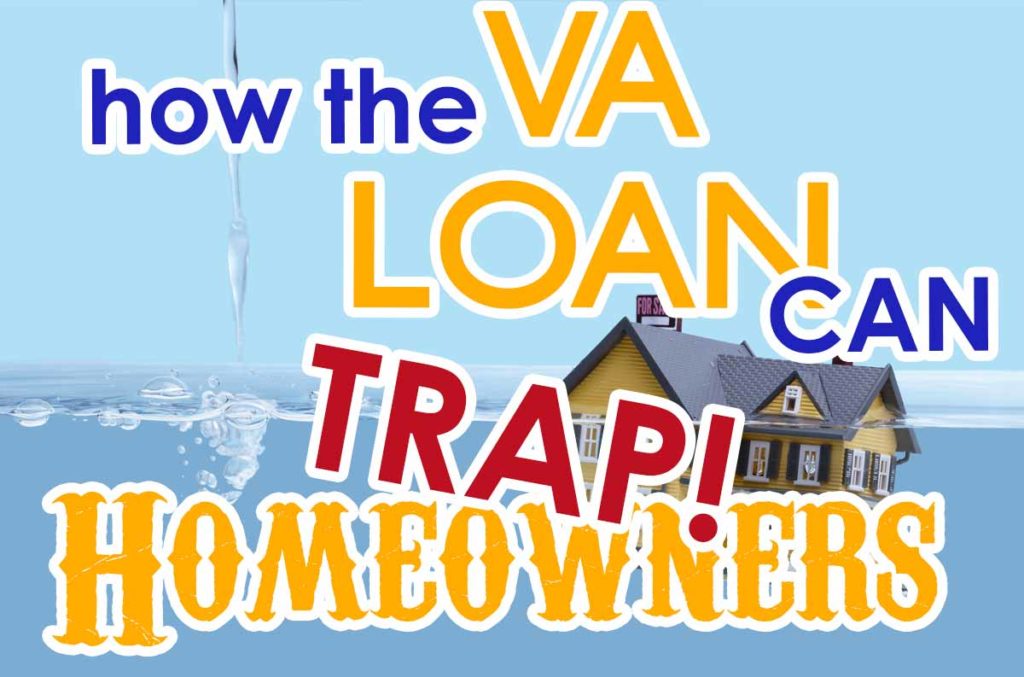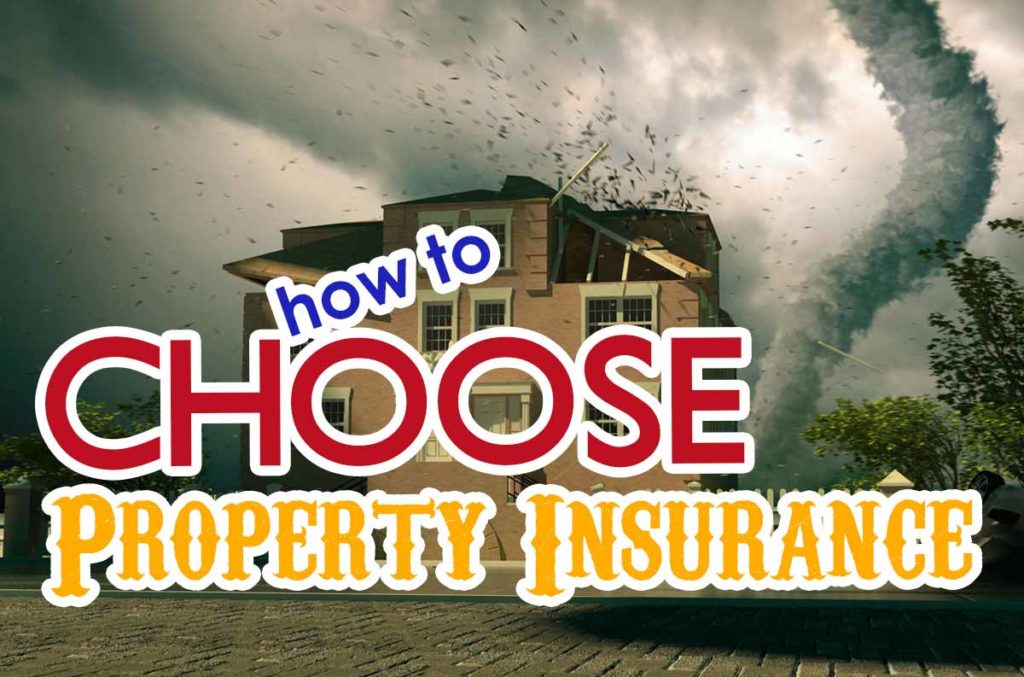
Takeaways
- Be sure to budget your monthly payment with mortgage insurance unless you are bringing a larger down payment
- VA Loans don’t have mortgage insurance but have the VA funding fee instead
- You can stop paying mortgage insurance on conventional loans after you’ve built approximately 20% equity in your home
What is Mortgage Insurance?
When purchasing a home with less than a 20% down payment, you are generally required to get mortgage insurance.
Mortgage insurance is exactly what it sounds like – it insures your mortgage. If you default on your mortgage or fail to pay it back to the lender, your lender (and the secondary mortgage market that likely purchased the loan from them) have some protection against that loss. The mortgage insurance markets will pay back your lender some amount of what they lost. (Note – this doesn’t help you any if you’ve defaulted on your payments. Avoid foreclosure.)
Mortgage insurance is not cheap, often adding between $50-$150 to your monthly mortgage payment for typical prices in the Fort Hood, TX market.
The three types of mortgage insurance are below for each loan type:
- FHA Loan = MIP
- Conventional Loan = PMI
- VA Loan = VA Funding Fee
These are not items you, the buyer, shop around for. Your lender, in the case of PMI, will have arranged mortgage insurance for you. MIP and the VA Funding Fee are set by the government and held to help offset mortgages that go bad.
It is not property insurance, which is completely different and insures not the mortgage but the actual property – the home.
Choosing Property Insurance
- Don’t confuse property (hazard) insurance with mortgage insurance, or home warranties
- Start shopping for your insurance company early in the home buying process
- Check out rates and learn more at www.HelpInsure.com
PMI vs MIP
MIP is fixed and determined by the FHA. It is only on FHA loans. FHA loans can be more attractive because they allow higher debt-to-income ratios and sometimes more favorable interest rates than conventional loans. However, the MIP is a definite disadvantage, because unlike PMI, you cannot get rid of MIP after you have at least 20% equity. You pay MIP for the duration of the loan.
PMI is what is used for “normal”, conventional loans. The amount is determined by the market and depends on other criteria like your credit. PMI can range anywhere from 0.5 – 1.5% of the home price annually, varying wildly depending on your credit score, sometimes making a difference of as much as $200/mo or more.
Here is a sample PMI calculator.
Check with your accountant, but mortgage insurance is generally deductible on your taxes.
The VA Funding Fee
One advantage of the VA loan is no mortgage insurance!
Okay, so yes, that is technically true, but also a little bit misleading. Instead of mortgage insurance, there is a one-time funding fee when you buy. No other loan type has the funding fee. And it’s not cheap!
In fact, even if you are eligible for the VA loan, you may want to consider a conventional loan if you have a 20% down payment handy. You will avoid mortgage insurance, avoid the VA funding fee, and save your VA entitlement for another home, later.
| Type of Veteran | Down Payment | % (1st Home) | % (2nd+ Home) |
|---|---|---|---|
| Regular Military | None | 2.15% | 3.3% |
| 5% | 1.50% | 1.50% | |
| 10%+ | 1.25% | 1.25% | |
| Reserves/National Guard | None | 2.4% | 3.3% |
| 5% | 1.75% | 1.75% | |
| 10%+ | 1.5% | 1.5% |
The advantage of the funding fee, however, is that it can be rolled into the loan amount, unlike other closing costs.
Example
You buy a $150,000 with the VA loan, and no down payment. Your loan. You are active duty military and it is your first home. Your loan will not be $150,000, but $153,225 because you will have a $3225 funding fee rolled into the loan (2.25% of $150,000). While it is nice to not have to pay that out of pocket, it is yet another reason that military buyers tend to be overleveraged and can sometimes get in trouble.

Underwater with the VA Loan
- The VA loan is great, but is not a blank check.
- Plan ahead, budget and have an exit strategy
- Talk to a Realtor for expectation management when buying
Getting Rid of Mortgage Insurance
MIP
You cannot get rid of MIP. Even if you’ve made 359 out of 360 payments and you only owe $800 on your home, you will still be paying $100 or so of mortgage insurance. That is a major disadvantage versus conventional loans. The only way to get out of it is to refinance when you have enough equity to switch to a conventional loan with no mortgage insurance. But there are no guarantees that the rates will be good in the future, and you may get stuck with a higher rate.
FHA loans originated prior to 2013 can still have the MIP removed just as with PMI.
PMI
Lenders are required to drop your mortgage insurance cost once your LTV (loan-to-value) reaches 78% of the original appraisal. That likely would happen around Year 10 of ownership on a VA loan depending on the interest rate. At 80%, you can request the lender to drop it – so just a few months sooner than hitting 78%.
Alternatively, you can get a new appraisal done, though that would be an out of pocket cost (about $500). If your home has gone up in value significantly, you may hit the 80% LTV sooner.
Example
in 5 years, your $150,000 home is now worth $200,000. You still owe $140,000, a 93% LTV of what you paid for it. But that is only 70% of the $200,000 it is now worth. You can request a new appraisal for about $500, get it for $200,000, and then cancel the mortgage insurance, saving you possibly $100 or even more on your monthly payments.
Conclusion
If you have enough for a 20% down payment, consider a conventional loan.
If you don’t have enough for a 20% down payment, the best loan types are usually, in order, VA, conventional, FHA. Mortgage insurance is a big reason why.
Still confused about mortgage insurance, how it works, or what it does? Please comment below!

